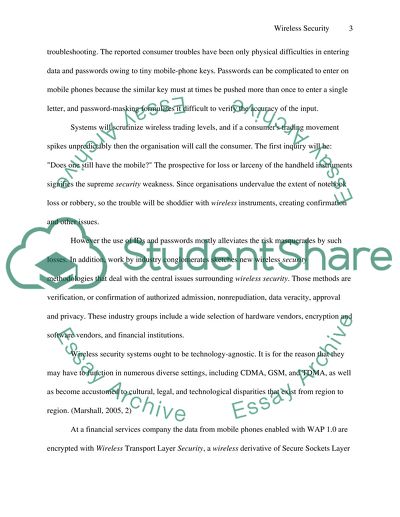Cite this document
(“Wireless Security in Businesses Essay Example | Topics and Well Written Essays - 1500 words”, n.d.)
Retrieved from https://studentshare.org/technology/1501583-wireless-security-in-businesses
Retrieved from https://studentshare.org/technology/1501583-wireless-security-in-businesses
(Wireless Security in Businesses Essay Example | Topics and Well Written Essays - 1500 Words)
https://studentshare.org/technology/1501583-wireless-security-in-businesses.
https://studentshare.org/technology/1501583-wireless-security-in-businesses.
“Wireless Security in Businesses Essay Example | Topics and Well Written Essays - 1500 Words”, n.d. https://studentshare.org/technology/1501583-wireless-security-in-businesses.


